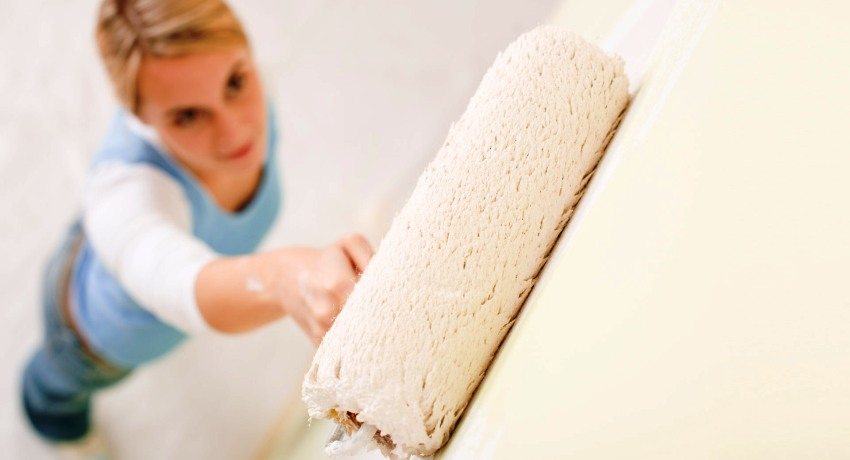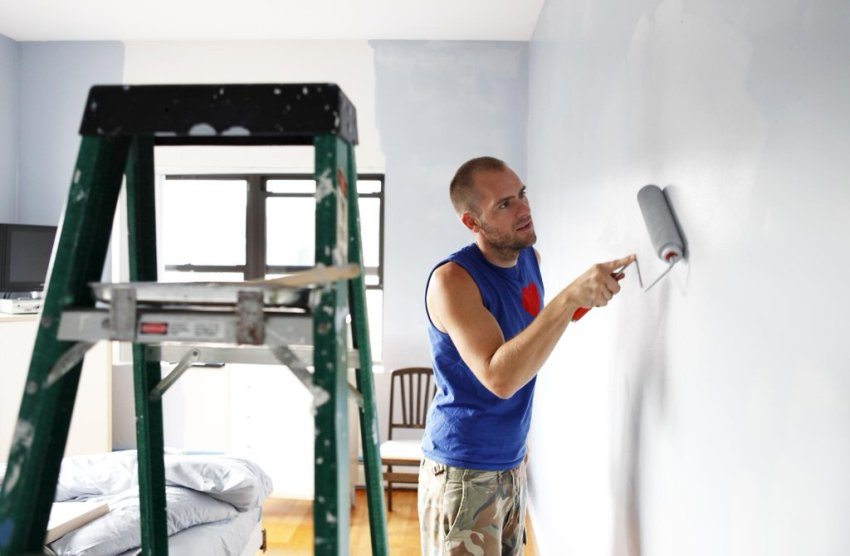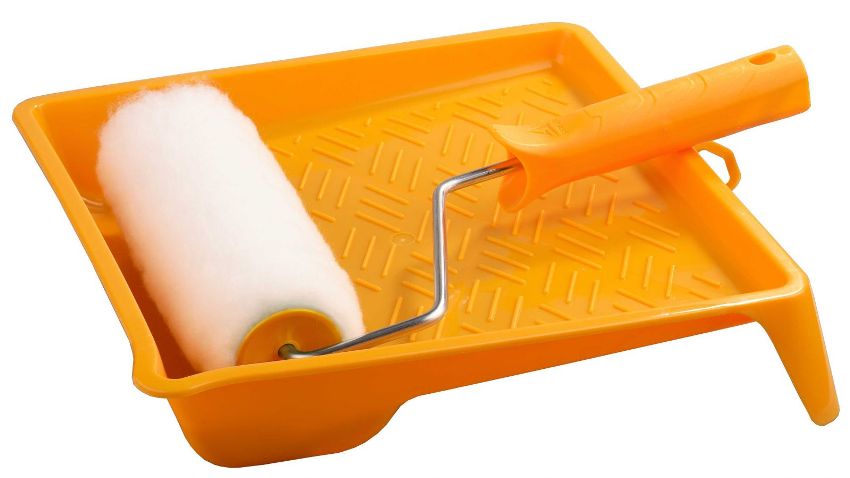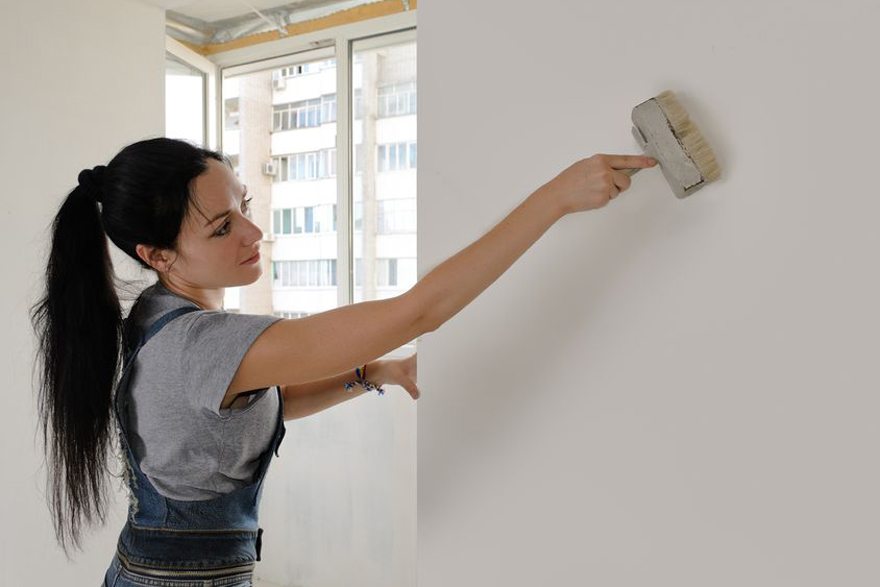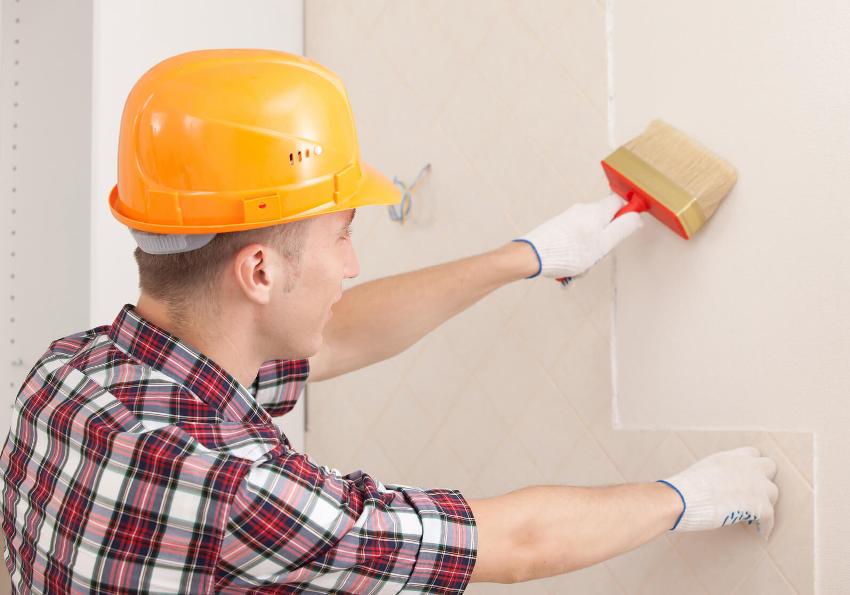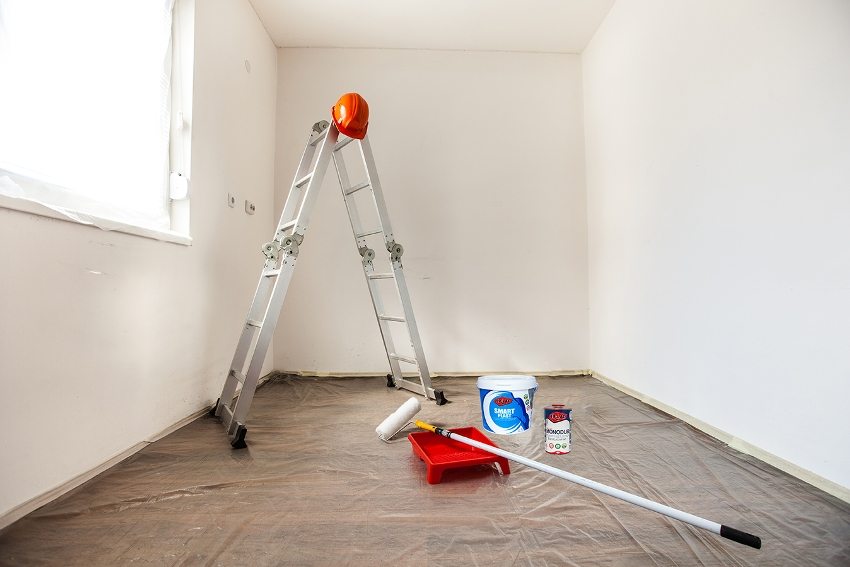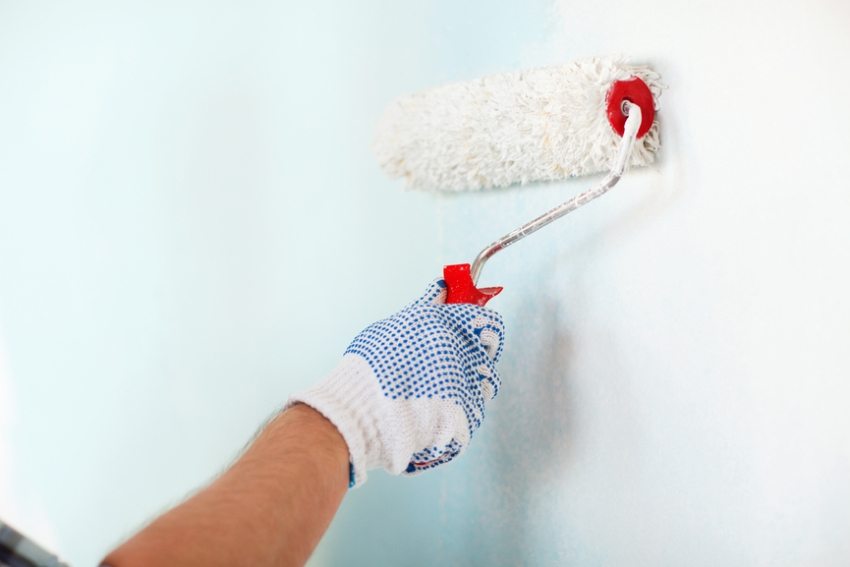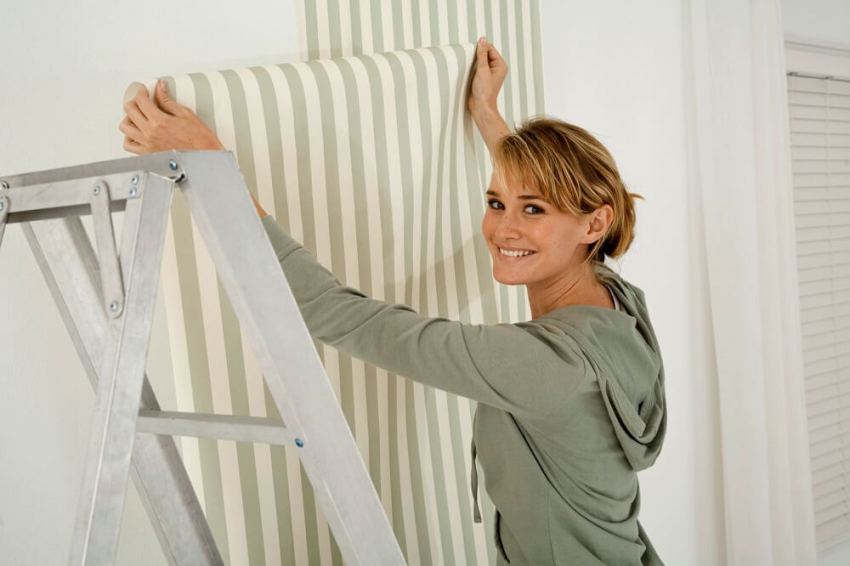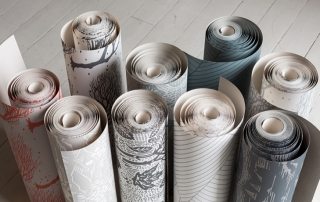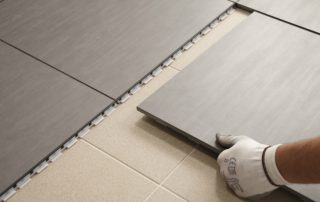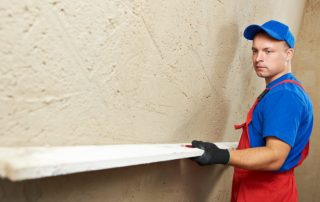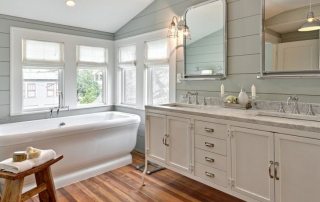The correct primer for the walls under the wallpaper allows the owners to contemplate a beautiful flat surface after repairs. Any finishing work begins with the preparation of the required work surface. And so walls for wallpapering first cleaned of the old coating, then putty and apply primer. Only after that you can glue on them yourself wallpaper... The construction industry produces many different types of primers.
Content
Primer for walls for wallpaper: composition, types and their characteristics
Wallpaper sticker, like all finishing works, requires the use of auxiliary materials. One of them is a primer for walls under the wallpaper. It is a suspension of various consistencies, which, after mixing, turns into a homogeneous mass of milky hue. When applied to wall surfaces, it creates a continuous film that adheres perfectly to most finishing materials.
The primer consists mainly of organic resins and adhesives. The film is formed by silicate, latex, acrylic or silicone polymers. The solution also contains additives that impart greater plasticity or fluidity to the liquid.
Manufacturing companies are required to indicate on the packaging a number of parameters that the user needs to know:
- The procedure for preparing the mixture and its proportions.
- Average consumption of the drug per 1 m².
- The way in which the material is recommended to be applied to the primed surface.
- The time during which the layer applied to the wall will dry completely.
- The company guaranteed shelf life and production date of the mixture.
According to generally accepted rules, the primer must have properties that are necessary for its immediate purpose, namely:
- into the surface that is processed, the composition must penetrate very deeply;
- the adhesion of adjoining materials with the use of a primer should become much higher;
- the surface structure of the material when priming the walls before gluing the wallpaper should be strengthened;
- any primer simply must have an antiseptic and antifungal effect;
- fast drying is an indispensable attribute of any high-quality primer.
When choosing one or another type of primer (this is also sometimes called a primer mixture), you need to know the following:
- coated material. After all, plaster, concrete, drywall and other bases have completely different properties;
- the level of humidity in the room where the primer is planned to be applied;
- primer differs in its composition for simple wallpaper and for liquid;
- even the density of the wallpaper matters when choosing one or another soil.
Helpful advice! Before going to the store to purchase a primer, prepare all of the above initial data. They must be communicated to the seller so that he selects the most optimal primer for you.
Purpose of primer mixes
Applying a wall primer underneath the wallpaper provides a tidy wall surface and also ensures a superior adhesive backing. The solution penetrates deeply into all the pores on the wall, holding them together and displacing air from there, which will prevent the formation of bubbles under the wallpaper. Disinfection of the surface occurs due to the fact that the primers contain a substance that is capable of infecting living microorganisms: fungi, mold and bacteria. The primer creates excellent adhesion between the wall and wallpaper. This is especially true in various joints and corners.
The film that is created when the primer is applied to the walls does not allow the adhesive composition to penetrate deeply, which creates additional savings. In addition, it makes the color of the wall uniform, which is very critical for light-colored wallpaper. Mixtures have the property of slightly smoothing out minor imperfections in the surface of the walls, which makes gluing wallpaper more convenient. At the same time, the microclimate in the dwelling is not disturbed, since the walls do not stop "breathing" after using primers.
What are the main types of primers
Currently, it is accepted to divide all primers according to three criteria: solubility, material used and purpose. If we take the criterion of solubility, then the chemical industry offers the following types of primers:
- Soluble in organic solvents: alkyds, polyurethane, latex.
- Water-based primers are available in acrylic, silicate, latex and silicone primers.
- Based on natural minerals such as gypsum, cement or lime.
According to the material used in the composition of the soil, several types can be distinguished and their properties and the preferred surface for processing can be indicated:
- alkyd primer is best suited for coating some metal and concrete types of surfaces, as well as wooden structures. Its drying time is no more than 14 hours;
- acrylic primers find their use on wood, plastered or brick walls. Can be used on surfaces made of Fiberboard and chipboard. Dry in 2-3 hours;
- polyurethane is good for very dusty or poorly absorbent surfaces. Drying time is about 24 hours;
- silicone primers can be found on concrete, plaster, or lime-sand walls. They dry no longer than 5 hours;
- latex primer for walls under wallpaper is suitable for any type of surface, dries in just 2 hours;
- silicate and mineral types of soils are successfully applied to a plastered, brick or concrete surface. Both of these types dry for at least 24 hours.
Helpful advice! It is completely unacceptable to treat surfaces containing gypsum with a silicate primer. They are not intended for these purposes and lead to a loss of strength properties.
By design, all primers are divided into several distinct types:
- universal application. They are water-based;
- with a specialized purpose: anti-fungal, antibacterial or anti-corrosion;
- preparations with deep penetration up to 15 mm into the surface;
- having insulating properties;
- the so-called concrete contact, which allows to ensure the best adhesion to concrete surfaces.
The priming of walls before wallpapering is usually carried out with universal, alkyd, latex, acrylic primers or regular wallpaper glue.
How different types of primer mixes work
Consider a way to use one or another type of soil. Acrylic primers are applied to the walls with a roller. In places where this is not possible, use a brush. Depending on the quality of the primed surface, make two or one layer. Always apply 2 layers to drywall. The advantages of the acrylic look are its versatility. It is suitable for almost any wall.
Helpful advice! It is very easy to remove old wallpaper from walls treated with acrylic primer. They just need to be moistened with heated water.
The latex group is often used on crumbling surfaces, as it is capable of holding particles of the substance together. Alkyd primers create a moisture barrier and kill mold. The rust blocking property allows this type of primer to be used on reinforced concrete surfaces.
Universal types are applicable for any surface, which makes them the most popular. However, do not put them on crumbling walls. For this, it is better to choose a more specific type of soil. Priming the walls before wallpapering with a universal primer ensures that all quality requirements are met.
Overview of primer manufacturers
There are both domestic and foreign brands on the market of finishing materials. One of them is Ceresite. Several types of primers are supplied under this brand, which have shown themselves very well. The domestic manufacturer "Skif-Impex" produces the entire line of primers for various purposes. Another well-known manufacturer is UNIS, which is also famous for its high quality products.
It does not matter which brand of primer you choose, it is important that the composition is of high quality and certainly available for widespread use. The use of primers for priming walls before gluing wallpaper is seen today as an indispensable element of repair.
Priming the walls before wallpapering (video)
